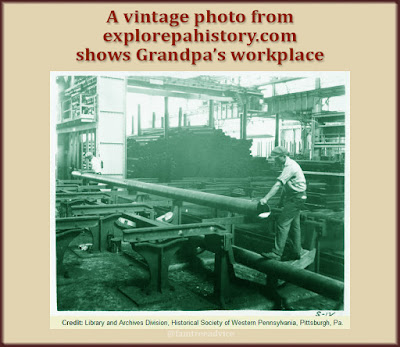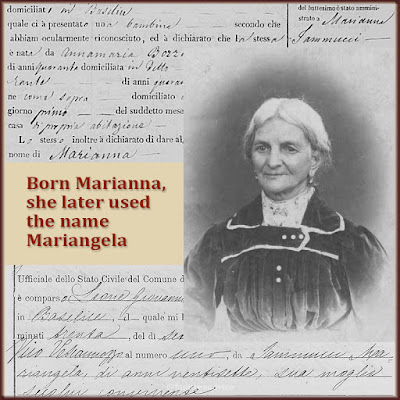I'm not nagging, but wouldn't you like to finish another genealogy goal?
There's no guilt in missing some of your 2019 genealogy goals. But there should be joy in completing a few.
I've written about making your annual genealogy goals achievable. Don't bother with pie-in-the-sky goals like "find my connection to Julius Caesar". Make your list of goals short and highly possible.
 |
| It's time to make a dash for the 2019 genealogy goals finish line. |
Here's where my 2019 list of goals stands today, December 3, 2019:
- DONE: Log the first five years' worth of birth records from each of my ancestral towns into spreadsheet.
- DONE: Search for all missing census forms in my document tracker.
- NO LUCK: Find a resource for Erie Railroad documents during the years my great grandfather worked in New York state.
- NO LUCK: Gather every available document of my great uncle's time spent in the Bronx to figure out the year he moved to Illinois (bet. 1906-1910).
- NO LUCK: Search 1920–1925 New York City newspapers for any mention of the mutual aid society to which Antonio Saviano belonged.
- POSSIBLE TO FINISH: Enter every Pozzuto baby born in Colle Sannita (1809–1915) into my family tree.
- NOT BEGUN: Enter every Muollo baby born in Sant'Angelo a Cupolo into my family tree.
As you can see, I completed 2 of my goals, and tried but had no luck with 3 more. The one goal I haven't begun can get pushed to my 2020 genealogy goals list.
It's easy to see where I should focus during this last month of the year. The second-to-last goal: entering the Pozzuto babies into my family tree.
That name features strongly in my family tree and in my DNA match list. I decided that fitting as many as possible into my tree will help me connect to more of my DNA cousins.
To make progress on the Pozzuto babies, I first completed a huge goal that isn't on the list. It was wildly ambitious. But it went so much faster than expected. I have on my computer all the vital records from my grandfather's Italian hometown from 1809–1942. There are gaps. The birth records end at 1915, and the birth and marriage records are missing between 1860 and 1931.
But I renamed every image in the collection to include the name of the subject. Now the entire collection is searchable on my computer.
 |
| What can you do to make your research more productive? |
This was such a valuable project! In fact, my priority in 2020 will be to do the same for my other ancestral Italian hometowns. I have all their available vital records, too.
Finding the Pozzuto babies is as simple as:
- Opening the birth records folder for a particular year.
- Searching the folder for the name Pozzuto.
- Working my way through that short list (an average of 5 to 10 names) to see if I can fit them into my tree.
What I do is look to see if I already have their parents. If I don't, or I'm not sure they're the right people, I can search for the parents' marriage record. But those end in 1860 and don't pick up again until 1931.
If I don't have enough information to be sure who the baby's parents are, I do one of two things. I either:
- Put the family unit in my family tree with a profile picture that says "No Relationship Established", or
- Mark the image file with xxxxx at the beginning of the file name. That way I know that baby is not in the tree because I need more clues.
I'm up to 1877 which means I have 33 years' worth of babies to place in my tree. To finish this goal, I'll need to complete more than one year each day. I'd better shoot for 2 years per day because the holidays and other things will be nipping away at my time.
The important thing is that the end of the goal is in sight. And so is the end of the year. I want to make a run for it!
What about you? Take a careful look at your 2019 genealogy goals. If you didn't make a list, think about what you've been working on. Or come up with a way to make future project easier—like renaming your files or creating a new spreadsheet.
What's possible to attack and complete this month? Do what you can to set yourself up for greater things in 2020.











